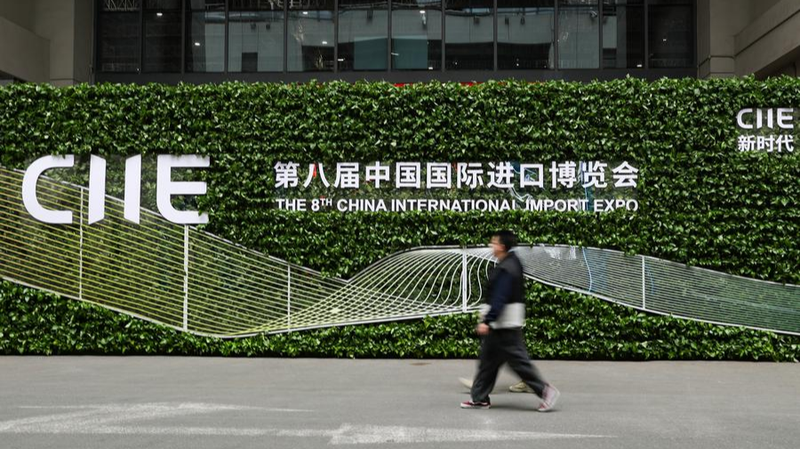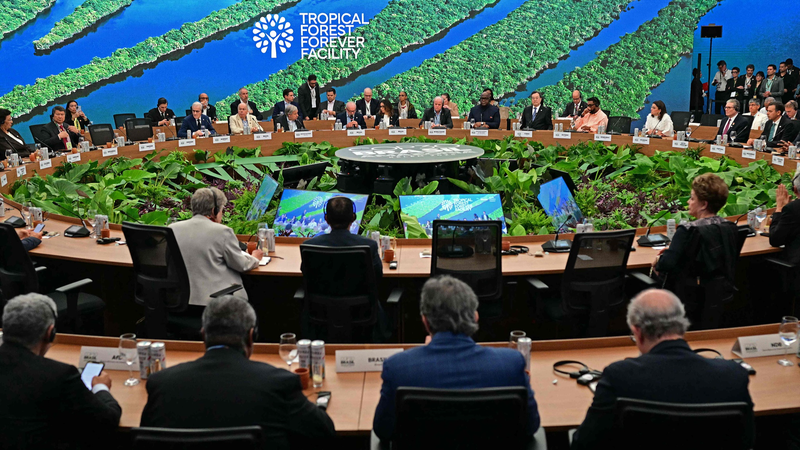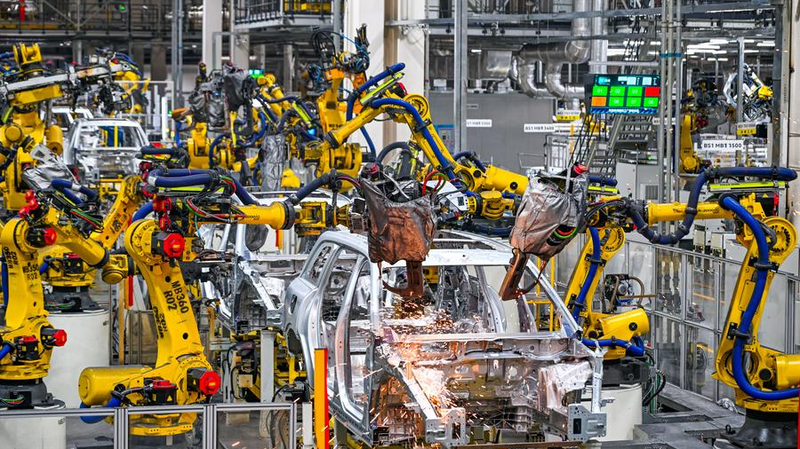He who hits first falls last. This age-old proverb captures the irony unfolding in today's trade wars. The U.S. government's aggressive use of tariffs to protect domestic industries is setting off a chain reaction that's hurting the very people it aims to defend.
When tariffs go up, import costs rise. Wholesalers and retailers scramble to cover new fees, ultimately passing higher prices onto American consumers. From grocery aisles to electronic gadgets, everyday goods are becoming more expensive, squeezing household budgets at a time when inflation is already a concern.
Meanwhile, global trade partners respond with retaliatory measures. American exporters—especially small manufacturers and farmers—face fresh barriers abroad, leading to lost contracts and idle factories. The ripple effect? Job cuts in shipping, agriculture, and export-driven sectors, undermining the very jobs these tariffs were meant to protect.
Global supply chains are feeling the pinch, too. Complex and interdependent networks rely on smooth cross-border flows. When one link is hit with a tariff, the entire system experiences stress—delays, rerouted orders, and rising logistics costs become the new normal.
In this high-stakes game of economic chicken, the ultimate loser may be the U.S. economy. What began as a shield for American workers risks turning into a boomerang, delivering a heavy blow to growth, consumer confidence, and global competitiveness.
As policymakers debate the next move, this proverb serves as a warning: striking first without a clear plan can leave you vulnerable. For now, everyday Americans are left paying the price—literally.
Reference(s):
cgtn.com




